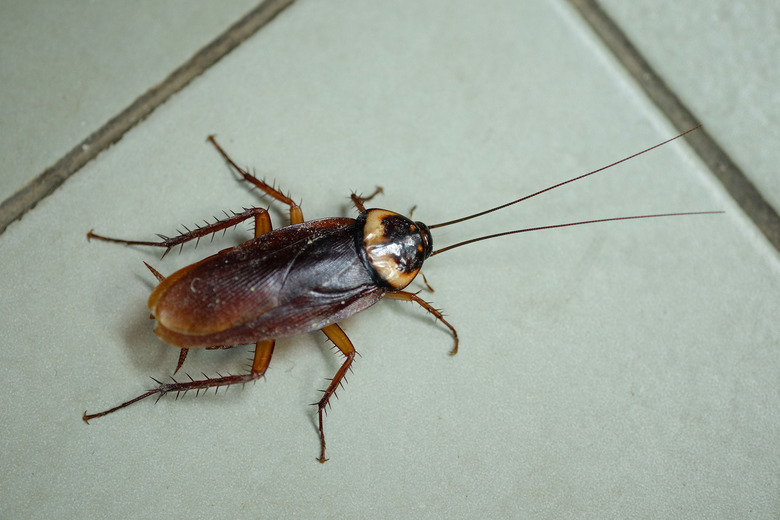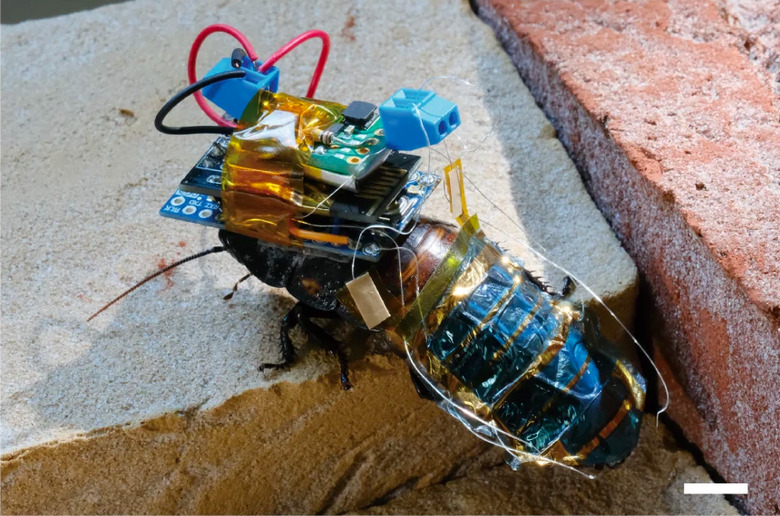Scientists Created Creepy Living Cyborg Cockroaches That Can Be Remotely Controlled
Cyborg cockroaches sound like something ripped straight from a video game. But scientists have managed to wire a chip to the nervous systems of a Madagascar cockroach allowing them to tell it where to go. It's an intriguing example of how far science is willing to go at times and has raised concerns about whether or not insects feel pain.
Scientists wired directly into the nervous systems of Madagascar cockroaches
Madagascar cockroaches are known for their massive size, growing up to 2.4 inches long. Additionally, they've also earned the moniker "the hissing cockroach" due to the hissing noise they make when they feel threatened. Now, though, scientists have also used these massive insects to create cyborg cockroaches they want to use during search and rescue missions.
This isn't the first time someone has hooked up electronics to a cockroach. However, this newest bit of research focused on creating a much smaller backpack design for the insects. In a study published in the journal npj flexible electronics, the researchers note that they wanted to create a system that didn't impair the cyborg insects.
The new system instead relies on an ultrasoft organic solar cell module that preserves the insect's motion abilities. This allowed the researchers to control the cyborg cockroach's movements for extended periods of time by keeping the battery charged. To ensure that control, the researchers had to wire into the roach's nervous system.
This kind of invasive research has had multiple concerns raised about it. In the past, researchers with Rice University created necrobots out of dead spiders. But the key here is that those spiders were already dead. In this instance, the cyborg cockroach is still very much alive. And that has some researchers concerned about the pain insects feel when wired up to a control system of this sort.
Luckily, researchers say that cockroaches don't feel pain. However, ongoing research into the little critters could prove that notion wrong sometime in the future. Using remote-controlled insects like cyborg cockroaches in search and rescue situations isn't a terrible idea. They can reach smaller places that people can't, giving more insight into areas where disaster has struck.
Ultimately, though, there's still a lot of work to be done before this kind of technology is truly viable for those kinds of missions.
More science coverage: See the grave warning scientists just issued about our planet.

